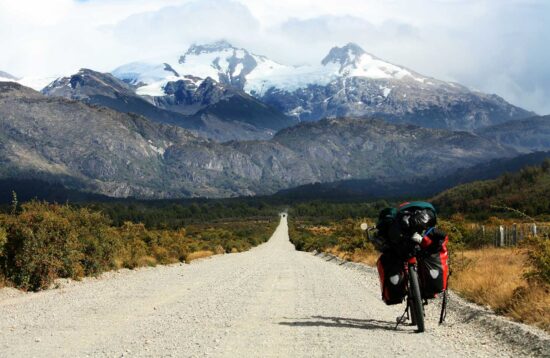Second only to Colombo, Kandy is Sri Lanka's most sacred city and the country's second-largest city. In 1470, Kandy became the island nation's capital, a position it held until the country's independence in 1948. A "Medieval Grid City" was constructed close to the holy temple region to accommodate the newly-arrived royal family and nobility. The city's 486 old buildings make it one of the most remarkable in South Asia. Until the British took over the island in 1815, Kandy was Sri Lanka's capital city and municipal hub. The annual Tooth Relic Procession, which takes place in Kandy every year since the fourth century and is dedicated to the veneration of a relic believed to be a tooth of Buddha, has made Kandy famous worldwide. An elaborate nighttime parade through Kandy is put on every year by five religious institutions of the Theravada, Mahayana, and Hindu faiths, which includes the procession of the Tooth Relic and 100 elephants. World Heritage status was bestowed upon Kandy in 1988. Mahaweli River flows through Kandy's north, east, and west sides, while an impassible mountain lies to the south. As a result, traffic congestion and pollution are inevitable because the city is the only way to get around this portion of Sri Lanka. The medieval grid city is feeling the effects of urbanization since many of its structures are dilapidated or at imminent risk of collapsing. Placement on the 2008 Watch List is hoped to promote support for the restoration and maintenance of this urban fabric, which is precious to the city as a whole.



